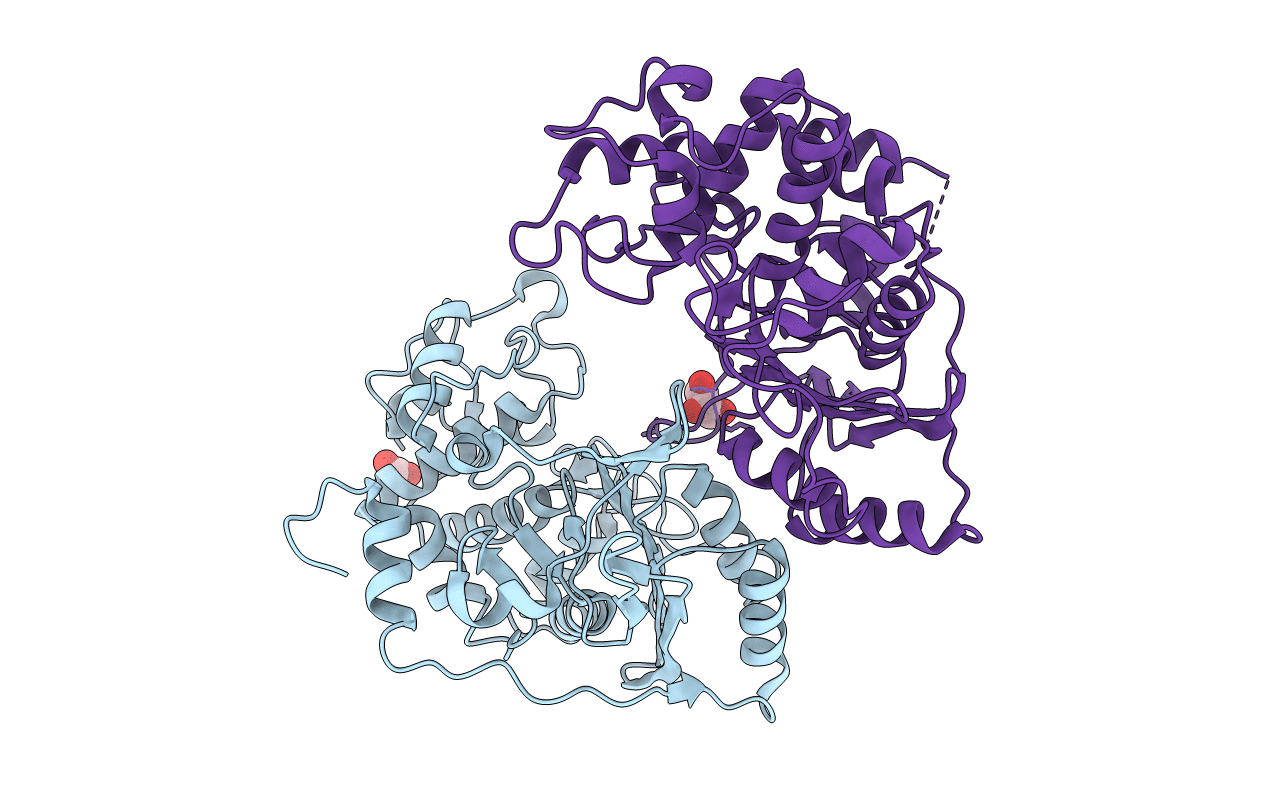
Deposition Date
2018-03-12
Release Date
2019-07-17
Last Version Date
2023-11-22
Entry Detail
PDB ID:
5ZH8
Keywords:
Title:
Crystal Structure of FmtA from Staphylococcus aureus at 2.58 A
Biological Source:
Source Organism:
Staphylococcus aureus (Taxon ID: 1280)
Host Organism:
Method Details:
Experimental Method:
Resolution:
2.60 Å
R-Value Free:
0.25
R-Value Work:
0.20
R-Value Observed:
0.20
Space Group:
C 2 2 21


